In the endless desert, everywhere is barren, extremely harsh land. In the desert, groundwater is scarce and rainwater is lacking, making it seem almost impossible for life to thrive. However, on the slopes of the desert in the northern Sinai Peninsula, Egypt, many strange small brick houses can be found.
Although they are all in ruins, these houses serve as evidence of human presence in these deserts. After investigation, researchers have indicated that these houses were built for a very special purpose. Let’s explore the reasons for their existence!
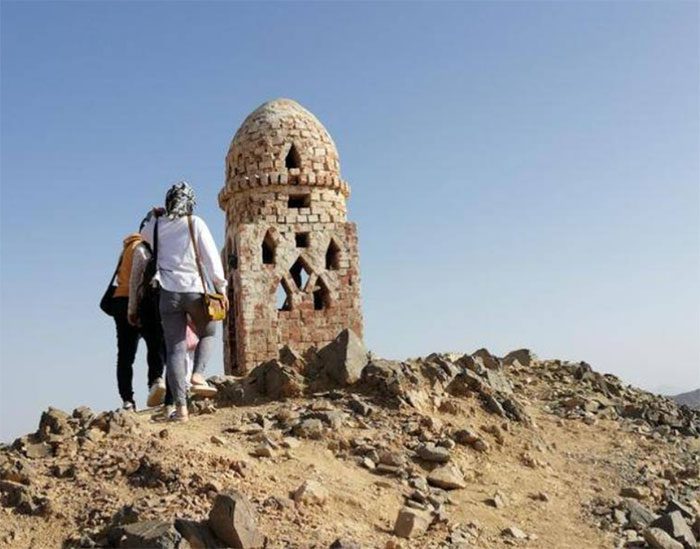
On the barren lands of the Sinai desert, many small brick houses make many tourists wonder why they were built. (Photo: Alamy).
Beacons in the Desert
According to scientists, these brick houses are the creations of the Bedouin people. So, who are the Bedouin? Why did they build brick houses in the desert only to leave them abandoned?
Bedouin refers to the tribes of Arab people who prefer a nomadic lifestyle in the desert. They often wander from place to place across the deserts of Jordan, Iraq, Saudi Arabia, Oman, Yemen, and Egypt. This tribe has a history of living in the desert for thousands of years. The term Bedouin is the Anglicized version of the Arabic word Bedu, which means “people who live in the desert” or “nomads.”
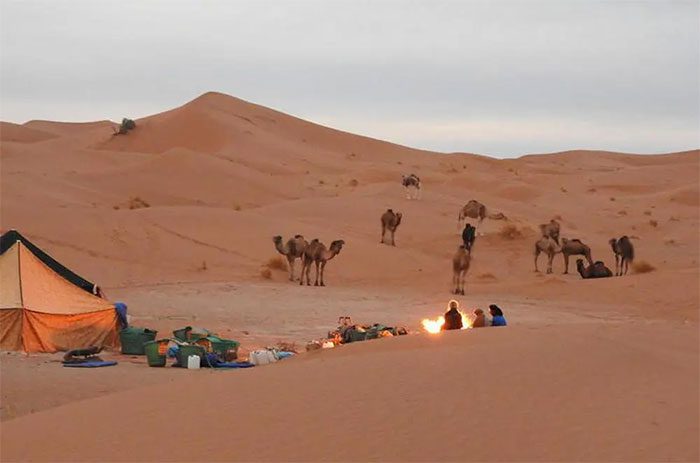
According to experts, these strange brick houses are the “creations” of the Bedouin. (Photo: Alamy).
The Bedouin typically make a living by herding camels. They also frequently move according to the seasons and along fixed routes. Their nomadic journeys can often reach up to 1,000 kilometers at a time.
The Bedouin in Egypt primarily inhabit the deserts of the Sinai Peninsula. Because these Bedouin tribes have lived in Sinai for centuries, some people even refer to it as the “Bedouin Desert.”
Due to the long distances they travel, the Bedouin in Sinai devised a way to build many small brick houses along the roads. Most of these houses are rectangular in shape with arched roofs. The roofs and walls of the houses have many small openings. They are usually built to a height of over 2 meters and appear quite old.
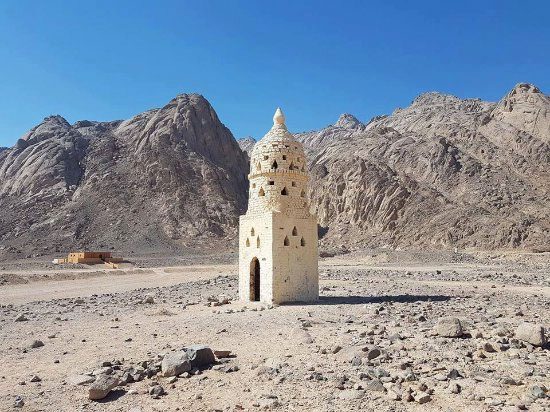
These houses are not large, and many small holes are made on the top. (Photo: Alamy)
The number of these brick houses is not too many; they are scattered across the desert. Upon closer inspection, one can see that the houses have many distinguishing features. According to experts, these differences indicate that the houses were built by different Bedouin groups.
What are these brick houses used for? According to the Bedouin, these brick houses were constructed to serve as landmarks. We can understand that they are like “beacons in the desert.” Their function is similar to that of lighthouses at sea.
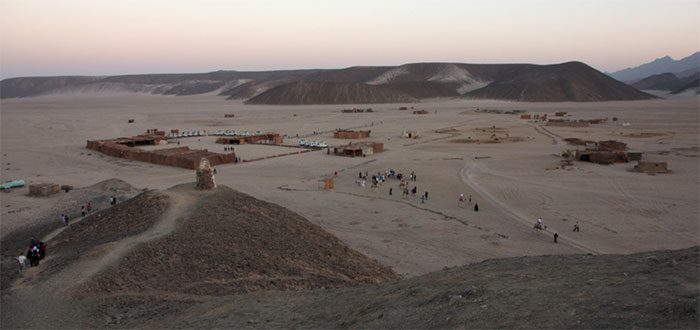
They are built on the slopes of the desert to guide lost travelers by the fire lit inside. (Photo: Alamy)
In the past, before the advent of satellite navigation, ships sailing on vast seas often got lost, especially during storms. However, with a lighthouse, no matter how strong the storm, guided by the light from the lighthouse, ships could always find their way back to port. The desert is as vast as the sea, and if one is not careful, they can easily get lost. Therefore, the Bedouin built these “desert beacons.” As long as someone lights a fire inside, lost individuals can follow the light to safety.
Wandering in the Desert
However, with such vast and dangerous deserts, why do the Bedouin choose a nomadic life here?
Currently, the number of Bedouin living in deserts around the world has reached 4.5 million people. Syria is home to the largest population, with over 1,000,000 Bedouin residing there. Despite this large population, the Bedouin continue to choose a wandering life in the desert partly to preserve their traditions.
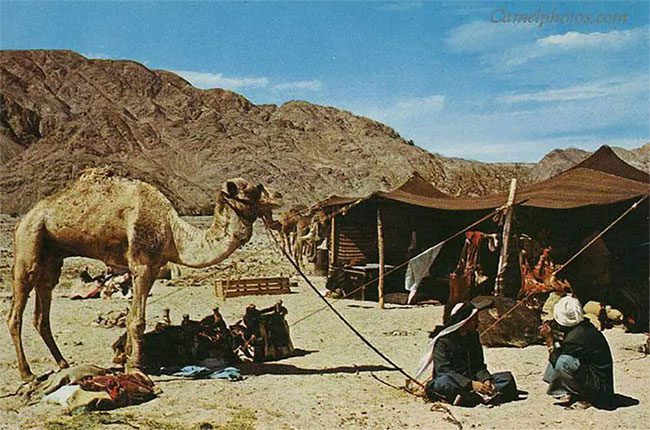
The Bedouin are known as nomadic people who enjoy wandering in the deserts. (Photo: Alamy)
The Bedouin’s original homeland is Saudi Arabia. Later, in the 7th century, they migrated to many other places and settled in desert regions, considering them their home. Historically, the Bedouin tribe was very warlike, often conquering new territories. By the end of the 7th century, their lands extended from Persia to the Atlantic Ocean.
The Bedouin’s homes are typically tents. They live apart from modern society, leading a self-sufficient lifestyle and avoiding settlements. Women take care of the family and herd camels, goats, and sheep, while men hunt in the evenings to avoid the heat, resting in tents during the day. The Bedouin do engage in agriculture, but only when they find areas with a stable water supply.
The Bedouin live apart from modern life, herding goats, sheep, and camels for sustenance. (Photo: Alamy)
For the Bedouin, freedom is of utmost importance. They enjoy and are accustomed to a lifestyle that is not restrictive and involves frequent movement. Because they chose this way of life, the Bedouin opted for camels to transport goods across the desert. Even their tents are designed to be easily assembled and disassembled quickly.
For the Bedouin, camels are highly valuable animals. They refer to camels as “Ata Allah” (the gift of God) and care for them as if they were children. They serve as transportation, provide milk, and help them earn money to buy clothes, food, and other necessities.


















































